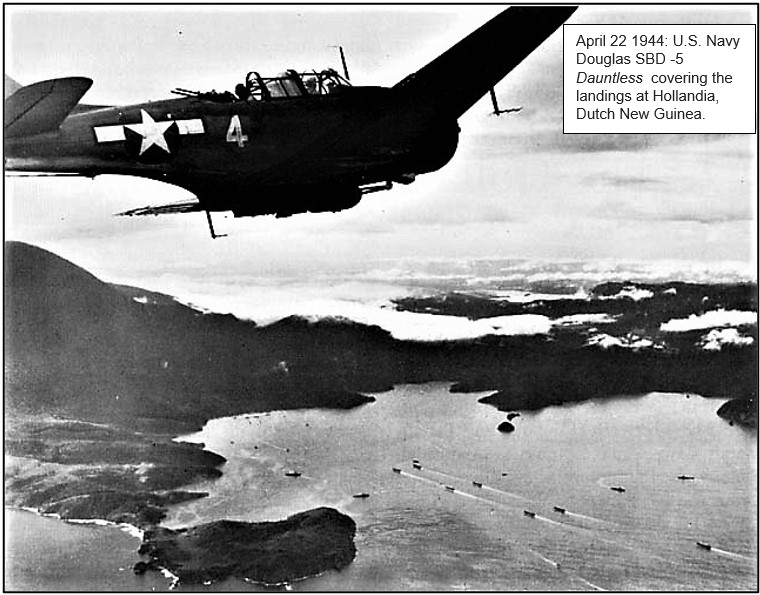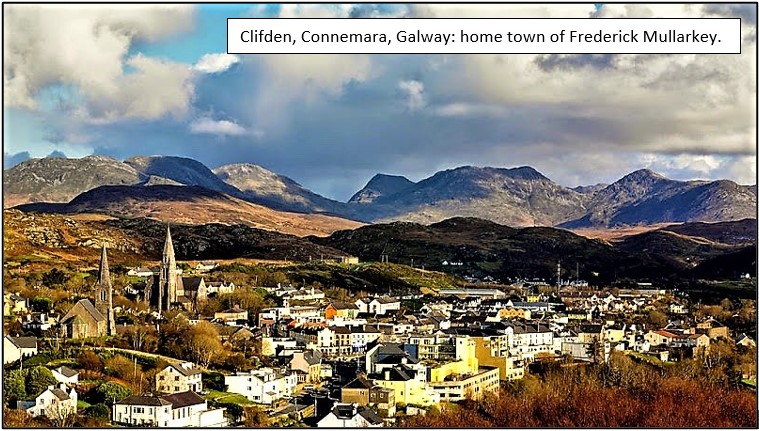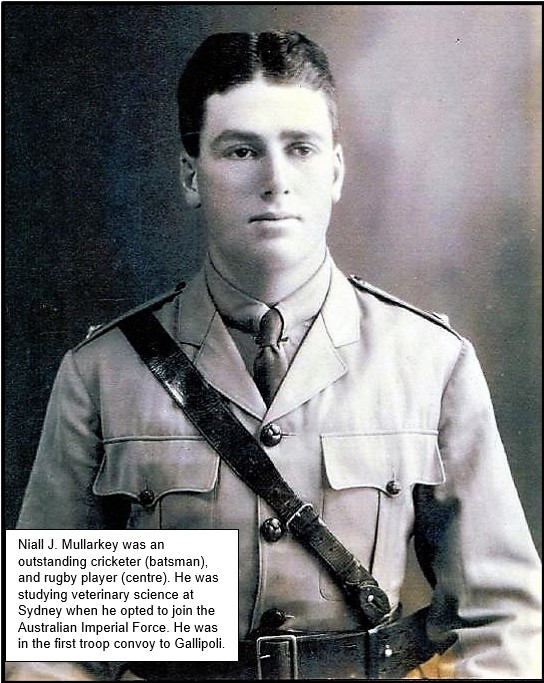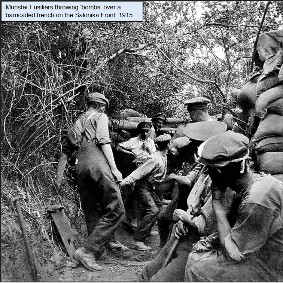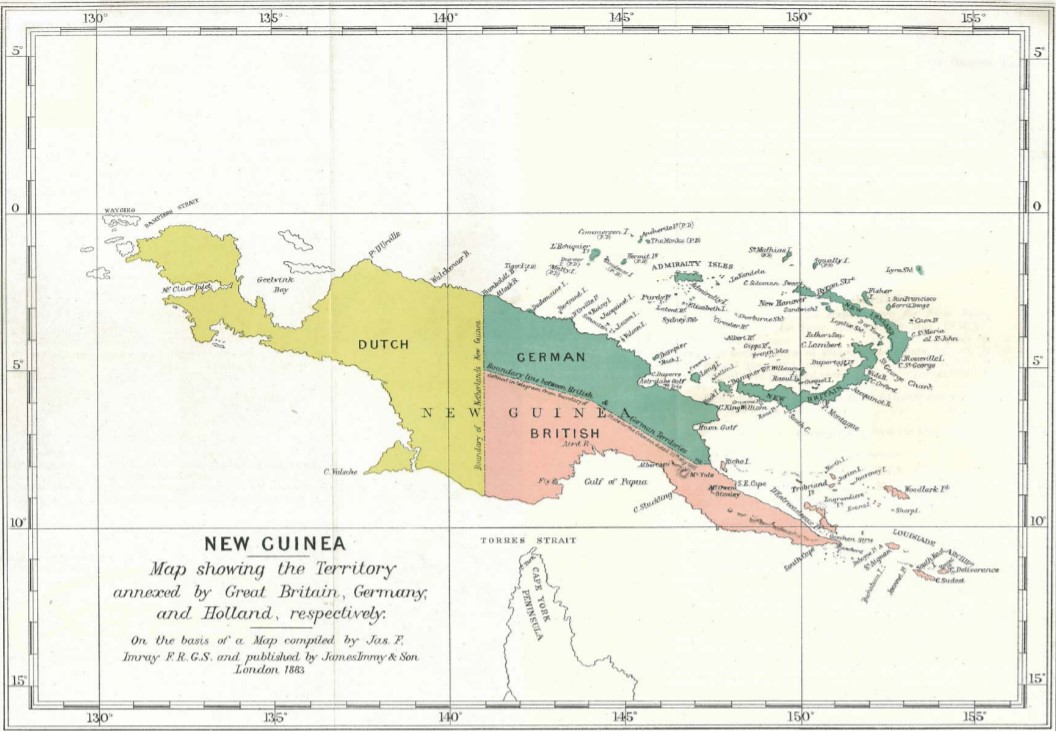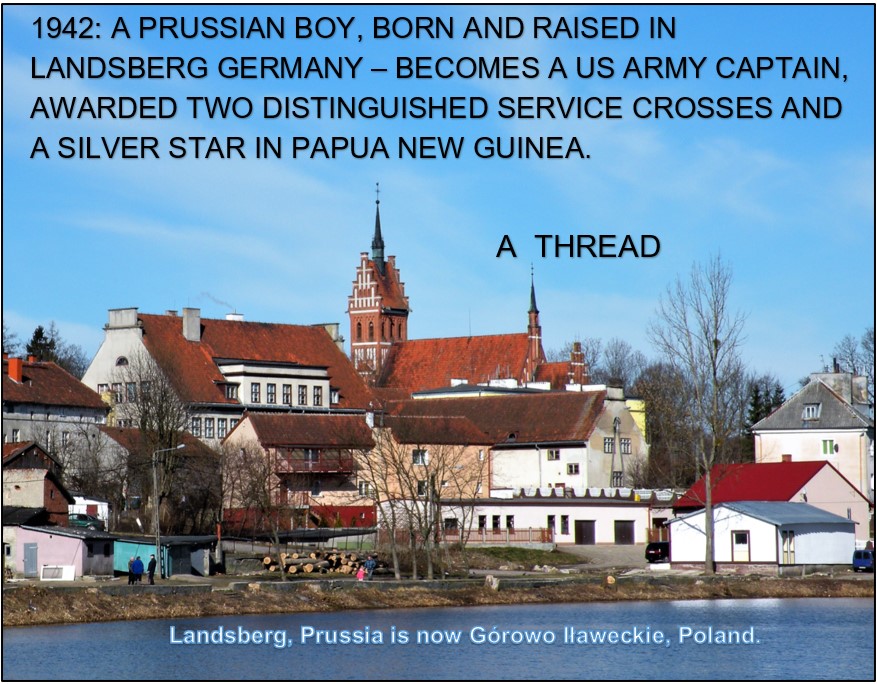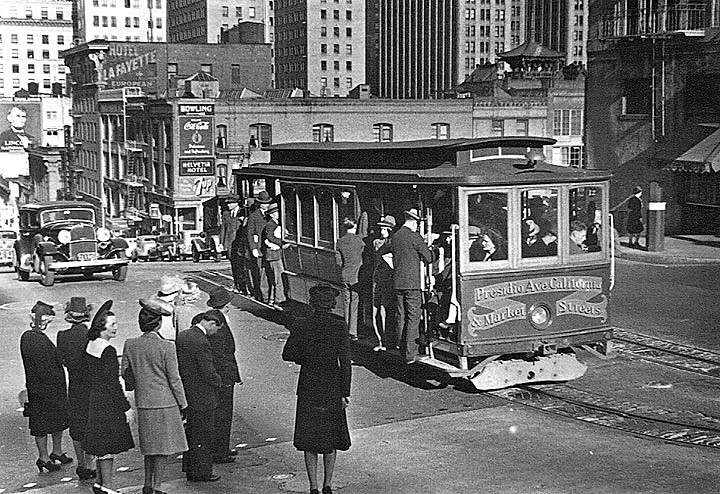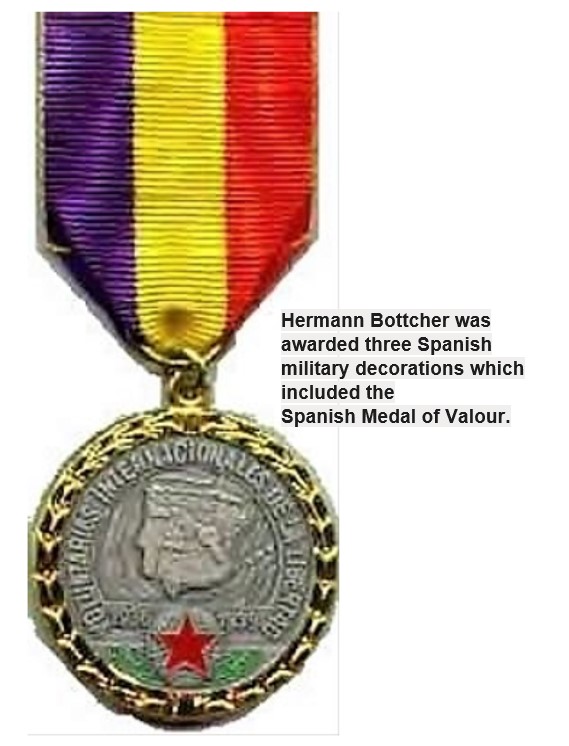
A stonemason’s war:
🧵1/20
In 1915 Joseph Ellis was a stonemason in the quiet, ex-goldfield town of Castlemaine, Victoria.
Two of his sons worked in the small family business:
William, stonemason, was 23, 170cm tall, fair-haired & blue-eyed.
Samuel was 21, with dark complexion.
🧵1/20
In 1915 Joseph Ellis was a stonemason in the quiet, ex-goldfield town of Castlemaine, Victoria.
Two of his sons worked in the small family business:
William, stonemason, was 23, 170cm tall, fair-haired & blue-eyed.
Samuel was 21, with dark complexion.

2/20
With little work available, the brothers enlisted together in March 1915 in the Australian Imperial Force.
Pay was good: 6 shillings/day.
In contrast, British Army private soldiers received 1 shilling per day.
Recruits arrive at Broadmeadows Camp, west of Melbourne in 1915.
With little work available, the brothers enlisted together in March 1915 in the Australian Imperial Force.
Pay was good: 6 shillings/day.
In contrast, British Army private soldiers received 1 shilling per day.
Recruits arrive at Broadmeadows Camp, west of Melbourne in 1915.

3/
William and Samuel Ellis were both attached to the new 21st Battalion, New Zealand & Australian Division. Five weeks later the Ellis brothers were aboard the Transport A38 (the “Ulysses”), bound for Egypt.
They trained hard for several weeks in the desert, near the pyramids.
William and Samuel Ellis were both attached to the new 21st Battalion, New Zealand & Australian Division. Five weeks later the Ellis brothers were aboard the Transport A38 (the “Ulysses”), bound for Egypt.
They trained hard for several weeks in the desert, near the pyramids.

4/20
Sep. 2:
Whilst en-route from Egypt to Gallipoli, the brothers were on the “Southland” when it was torpedoed by submarine UB-14.
45 men died, including 2 Indian crewmen shot whilst looting stores on the stricken ship.
It didn’t sink, but almost everybody had to abandon ship.

Sep. 2:
Whilst en-route from Egypt to Gallipoli, the brothers were on the “Southland” when it was torpedoed by submarine UB-14.
45 men died, including 2 Indian crewmen shot whilst looting stores on the stricken ship.
It didn’t sink, but almost everybody had to abandon ship.

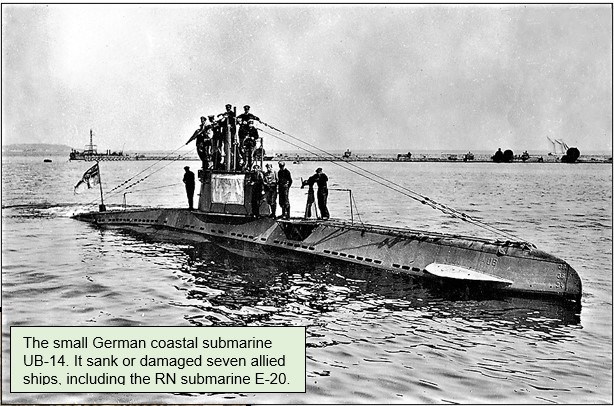
5
The 21st Australian Infantry Battalion, recently arrived from hot and humid Egypt, suffered through the Gallipoli winter conditions of late 1915.
Freezing winds, sleet and snow came off the Anatolian plains.
The weather was brutal and the living conditions rudimentary at best.

The 21st Australian Infantry Battalion, recently arrived from hot and humid Egypt, suffered through the Gallipoli winter conditions of late 1915.
Freezing winds, sleet and snow came off the Anatolian plains.
The weather was brutal and the living conditions rudimentary at best.


6/
Sept-Dec: 21st Bn fought at #Gallipoli, with mainly defensive duties at Wire Gully until the Dec evacuation.
A fellow 21st Bn soldier who died during the Gallipoli campaign, Pte James Martin, only 14 yrs old, believed to be the youngest Australian soldier to die in the FWW.

Sept-Dec: 21st Bn fought at #Gallipoli, with mainly defensive duties at Wire Gully until the Dec evacuation.
A fellow 21st Bn soldier who died during the Gallipoli campaign, Pte James Martin, only 14 yrs old, believed to be the youngest Australian soldier to die in the FWW.

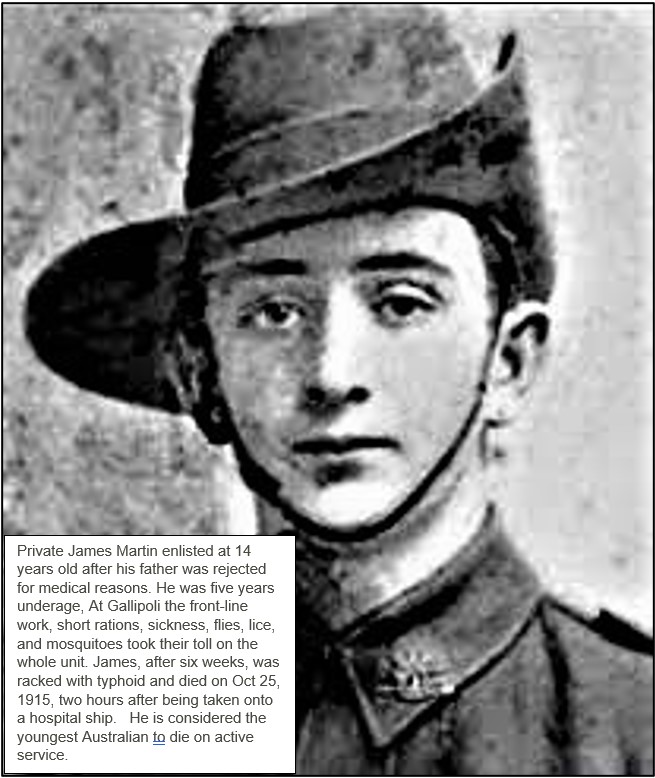
7/
March 1916: After 21 Bn returned to Egypt, William transferred to the new 2nd Pioneer Battalion, specializing in tasks such as digging culverts, strong points, light railways.
Pioneer troops required masonry, carpentry & engineering ability as well as basic soldiering skills.
March 1916: After 21 Bn returned to Egypt, William transferred to the new 2nd Pioneer Battalion, specializing in tasks such as digging culverts, strong points, light railways.
Pioneer troops required masonry, carpentry & engineering ability as well as basic soldiering skills.
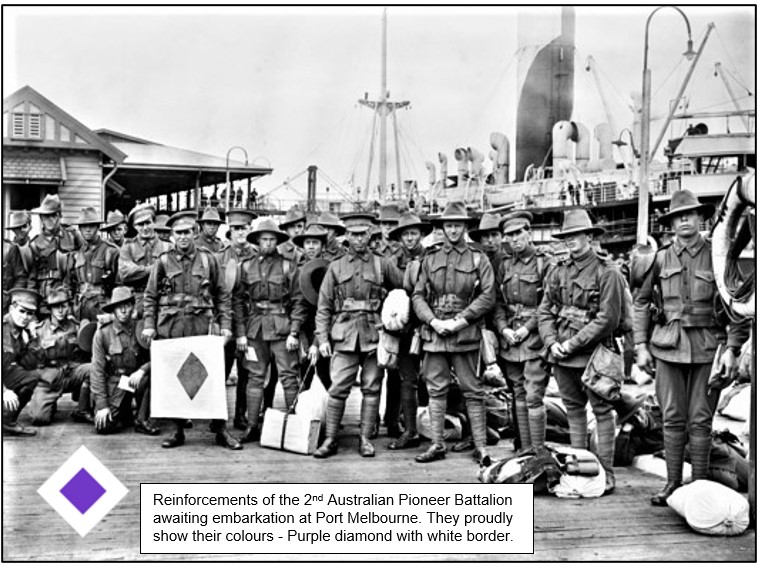
8/20
Throughout 1916 the 2nd Pioneers were training and working in open air workshops around Ypres and the Somme.
They were heavily involved in the heavy fighting at Fleurbaix and Pozieres.
They worked hard to repair huge craters caused by German mines on the main Bapaume Road.
Throughout 1916 the 2nd Pioneers were training and working in open air workshops around Ypres and the Somme.
They were heavily involved in the heavy fighting at Fleurbaix and Pozieres.
They worked hard to repair huge craters caused by German mines on the main Bapaume Road.

9/20
William’s 2nd Australian Pioneer Battalion was engaged in unceasing hard work through the WF campaigns, both in construction and reparation.
Then in late August 1916 William received the tragic news that his brother Sam, still with the 21st Bn, had been killed at Pozieres.
William’s 2nd Australian Pioneer Battalion was engaged in unceasing hard work through the WF campaigns, both in construction and reparation.
Then in late August 1916 William received the tragic news that his brother Sam, still with the 21st Bn, had been killed at Pozieres.

10/20
Drivers from the 2nd Pioneers stop to buy chocolate from a Frenchwoman.
Each Australian Division had a Pioneer Battalion attached: constructing trenches, tramways and working at trades such as stonemasonry, carpentry, painting, signwriting, blacksmithing and/or armourers.
Drivers from the 2nd Pioneers stop to buy chocolate from a Frenchwoman.
Each Australian Division had a Pioneer Battalion attached: constructing trenches, tramways and working at trades such as stonemasonry, carpentry, painting, signwriting, blacksmithing and/or armourers.

11/20
Nov 14 1916: Heavy German shelling caused many casualties in the Pioneer Battalion.
While at work on trenches and roads in the severely muddy battlefield near Flers, northern France, William was wounded in action.
He received bad shrapnel wounds in the left arm and hand.
Nov 14 1916: Heavy German shelling caused many casualties in the Pioneer Battalion.
While at work on trenches and roads in the severely muddy battlefield near Flers, northern France, William was wounded in action.
He received bad shrapnel wounds in the left arm and hand.

12/
William was evacuated: left index finger was amputated, left thumb movement permanently restricted.
In February 1917 he was classed as “Permanently unfit for General Service but fit for Home Service”.
He was listed to return to Australia or to stay in the UK on 'Base Duties'.
William was evacuated: left index finger was amputated, left thumb movement permanently restricted.
In February 1917 he was classed as “Permanently unfit for General Service but fit for Home Service”.
He was listed to return to Australia or to stay in the UK on 'Base Duties'.

13/
In 1917 the Australians were now running short of reinforcements and needed every man. Many wounded were now returned to front-line duties.
Despite having only 8 functioning fingers, in March William was reclassified as “Fit for General Service”.
He returned to his old unit.
In 1917 the Australians were now running short of reinforcements and needed every man. Many wounded were now returned to front-line duties.
Despite having only 8 functioning fingers, in March William was reclassified as “Fit for General Service”.
He returned to his old unit.

14/
October 1917: A very happy/sad reunion.
William rejoined the greatly depleted 2nd Pioneers near Ypres.
They had suffered heavy casualties at the Battle of Passchendaele: over 180 Officers and men KIA or WIA while repairing muddy Belgian roads, working under constant shelling.
October 1917: A very happy/sad reunion.
William rejoined the greatly depleted 2nd Pioneers near Ypres.
They had suffered heavy casualties at the Battle of Passchendaele: over 180 Officers and men KIA or WIA while repairing muddy Belgian roads, working under constant shelling.

15/
In the harsh winter of 1917-18 the 2nd Pioneers were busy with heavy work in Flanders.
March 1918: To block the German Offensive, William’s entire 2nd Division was rushed by train south to the Somme & Ancre River valleys.
Here in heavy action his battalion fought hard again.
In the harsh winter of 1917-18 the 2nd Pioneers were busy with heavy work in Flanders.
March 1918: To block the German Offensive, William’s entire 2nd Division was rushed by train south to the Somme & Ancre River valleys.
Here in heavy action his battalion fought hard again.

16/
In May 1918 William was promoted to Corporal, but in June he was back in hospital for a week with influenza, which incapacitated almost 130 men of the Battalion. Aug 8: The Battalion was involved in the great Allied advance of the Battle of Amiens – finally a war of movement.
In May 1918 William was promoted to Corporal, but in June he was back in hospital for a week with influenza, which incapacitated almost 130 men of the Battalion. Aug 8: The Battalion was involved in the great Allied advance of the Battle of Amiens – finally a war of movement.

17/
After the huge advance the exhausted Australian Divisions were given a break on the Somme River and Canal.
Concerts and swimming carnivals were held.
Many men got into trouble with alcohol and AWL. William was granted UK leave and was still there when the hostilities ceased.
After the huge advance the exhausted Australian Divisions were given a break on the Somme River and Canal.
Concerts and swimming carnivals were held.
Many men got into trouble with alcohol and AWL. William was granted UK leave and was still there when the hostilities ceased.

18/
January 1919: As an early 1915 volunteer, William was a “Gallipoli man”.
He was therefore given an early transfer to the UK for return to Australia.
The policy was “First in, first out”.
Due to a great lack of shipping, some late volunteers could not return home until 1921.
January 1919: As an early 1915 volunteer, William was a “Gallipoli man”.
He was therefore given an early transfer to the UK for return to Australia.
The policy was “First in, first out”.
Due to a great lack of shipping, some late volunteers could not return home until 1921.

19/20
In April 1919 William, classed as an "Invalid", left the UK on the “Warwickshire” bound for home.
On May 31, 1919 he disembarked in Australia after two tedious months at sea.
Castlemaine, however, was no longer home.
His parents had moved to Sutherland, 860km NE in Sydney.
In April 1919 William, classed as an "Invalid", left the UK on the “Warwickshire” bound for home.
On May 31, 1919 he disembarked in Australia after two tedious months at sea.
Castlemaine, however, was no longer home.
His parents had moved to Sutherland, 860km NE in Sydney.

20/20
4th July, 1919: William was finally confirmed for discharge by the 4th Australian General Hospital.
For the remainder of his life, he worked as a stonemason (with eight able fingers) at his family’s stonemasonry business at Sutherland in the southern suburbs of Sydney.
END
4th July, 1919: William was finally confirmed for discharge by the 4th Australian General Hospital.
For the remainder of his life, he worked as a stonemason (with eight able fingers) at his family’s stonemasonry business at Sutherland in the southern suburbs of Sydney.
END
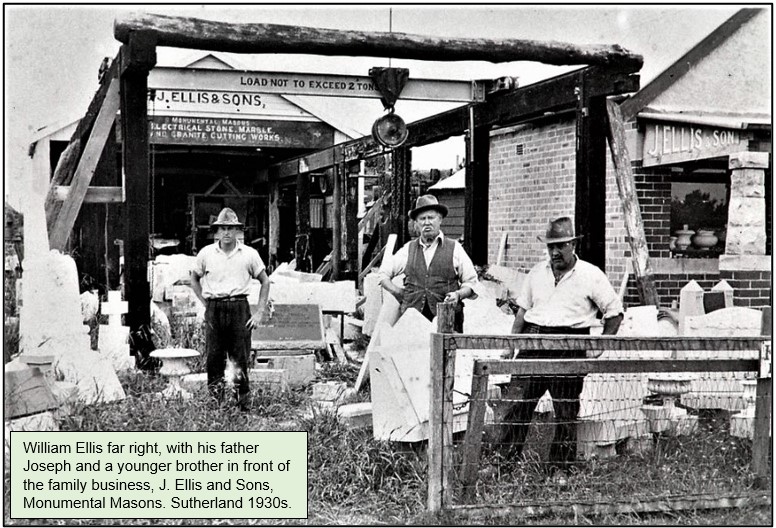
• • •
Missing some Tweet in this thread? You can try to
force a refresh


